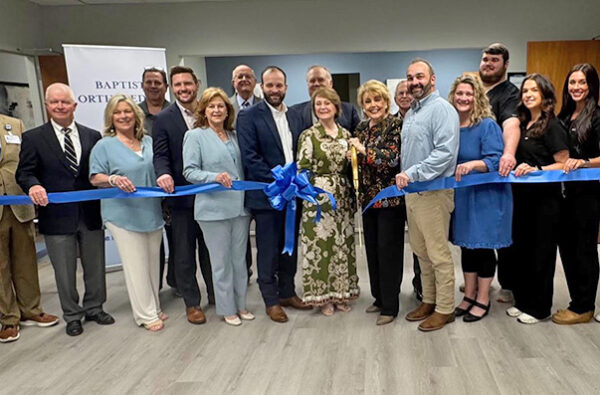For Baptist Restorative Care Hospital CEO Janice Hill and her team, working KATA boards not only has helped them achieve positive results now, it’s given them a framework for future challenges.
Since early fall 2016, the team has run KATA boards centered on improving patient outcomesand improving financial performance. First the team selected three quality metrics to focus on from the patient care perspective.
Central line-associated bloodstream infection (CLABSI). “We began by taking what we thought we knew and determining if that was actually the case,” said Janice. One example is dressing changes and maintenance of the central lines. “Policy called for changing dressings once a week, so we had to discover if that was happening. We also now do Chlorhexidine washes to the upper torso of patients to help reduce infections. KATA inspired us to look at our obstacles in a new way and break down each step so we could see if we really know what we think we do.”
Result: The initial goal of no infections for four months has been achieved, which Janice calls “phenomenal.” The team is now in the maintenance phase.
Catheter-associated urinary tract infection (CAUTI). “Again, we scrutinized our current condition,” said Janice. “You can’t just assume the catheters are in too long, you have to go bedside to be sure. We also incorrectly assumed that everyone was doing Chlorhexidine foley care within the set timeframe. Now, we are doing this consistently. We are communicating better and checking our processes on a daily basis.” The original goal was to have no infections for three months, which was achieved.
Janice says for her team, it hasn’t been so much finding new ways to do things, but more of a new focus on consistency, “improving the work we do every day.”
New or worsening pressure ulcers. The team zoned in on factors they could control. “Are we turning patients when we need to? What kind of surfaces are we using to offload the pressure on patients? KATA allowed us to do some re-education around the process of turning, which is something we can control. Now our emphasis is on assessment at admission and daily reassessment. We are still looking at this but are already seeing improvement,” said Janice.
The very nature of Baptist Restorative Care Hospital makes the insights provided by these KATA boards invaluable, says Janice. “Our patients tend to be with us a long time; they are medically complex and often pose challenges. We chose our specific target conditions because we know that these are metrics the public might choose to decide where they want their loved one to go for care.”
For the overall goal of improving financial performance, Janice and her team focused on maintaining a consistent census. “Working the KATA board, we looked at our staffing levels and developed steps to improve overall staffing and scheduling of staff to increase census. We also are examining referral sources, insurance barriers, and our assessment processes. This is still underway, as there are still obstacles to tackle.”
Looking ahead, Janice is excited about training more staff in KATA and tackling new challenges. “This process is about improving processes, which leads to improved patient outcomes” she said. “Everybody wants to help improve outcomesfor patients and their families. It’s why we are here.”






